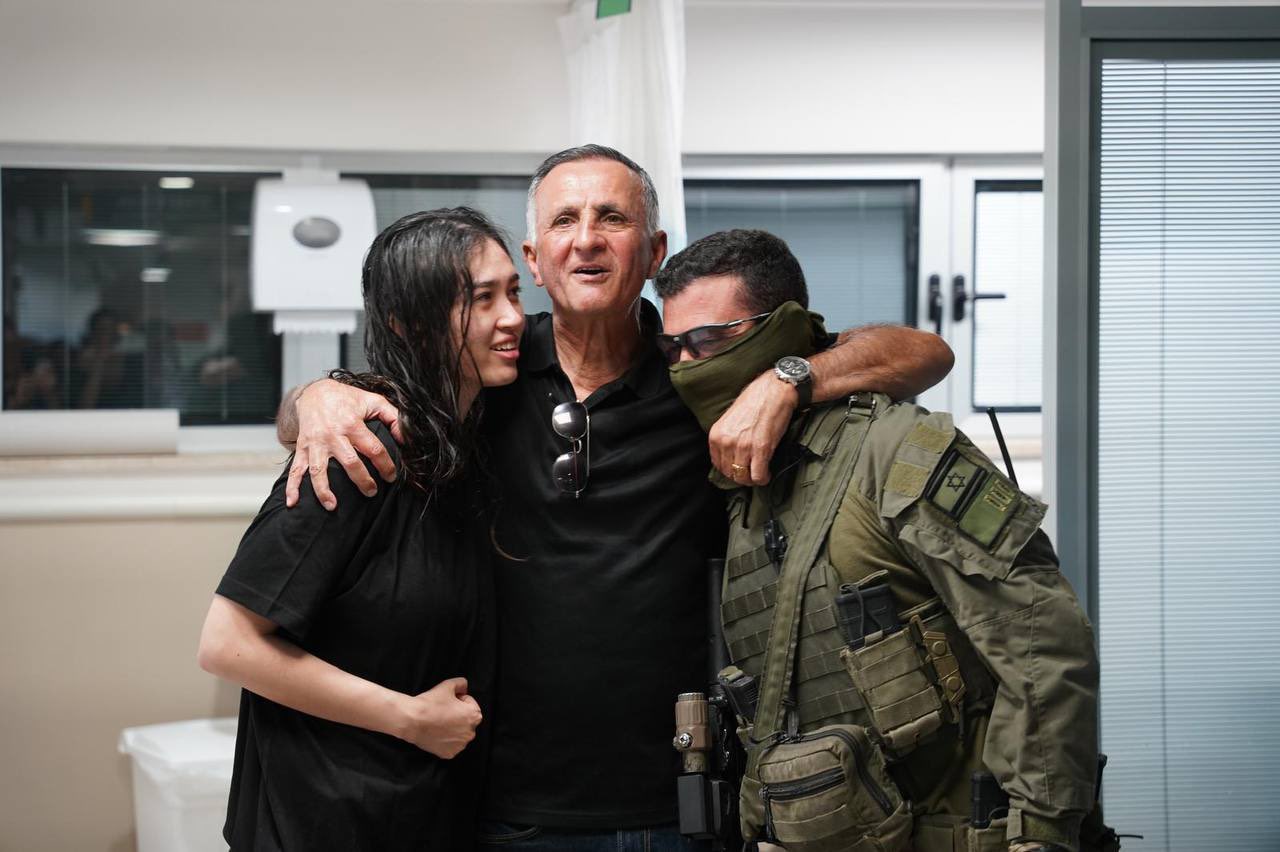
Note: The following article originally appeared in the blog section of The Times of Israel.
The recent success of an Israeli operation to rescue hostages underscores the central purpose of Israel’s mission in Gaza: to free the hostages taken by Hamas and its allies on October 7th.
According to Times of Israel military correspondent Emanuel (Mannie) Fabian, a joint IDF, ISA and Israel Police (Yamam) operation was conducted in Nuseirat, Gaza. This operation rescued Noa Argamani (26), Almog Meir Jan (21), Andrey Kozlov (27), and Shlomi Ziv (40), who were kidnapped by Hamas from the Nova Music festival near the Israeli Kibbutz Re’im on October 7th. After intense fighting in Nuseirat, Israeli forces secured the hostages from two separate locations in the heart of the area.
“They are in good medical condition and have been transferred to the ‘Sheba’ Tel-HaShomer Medical Center for further medical examinations,” according to FDD senior research analyst Joe Truzman.
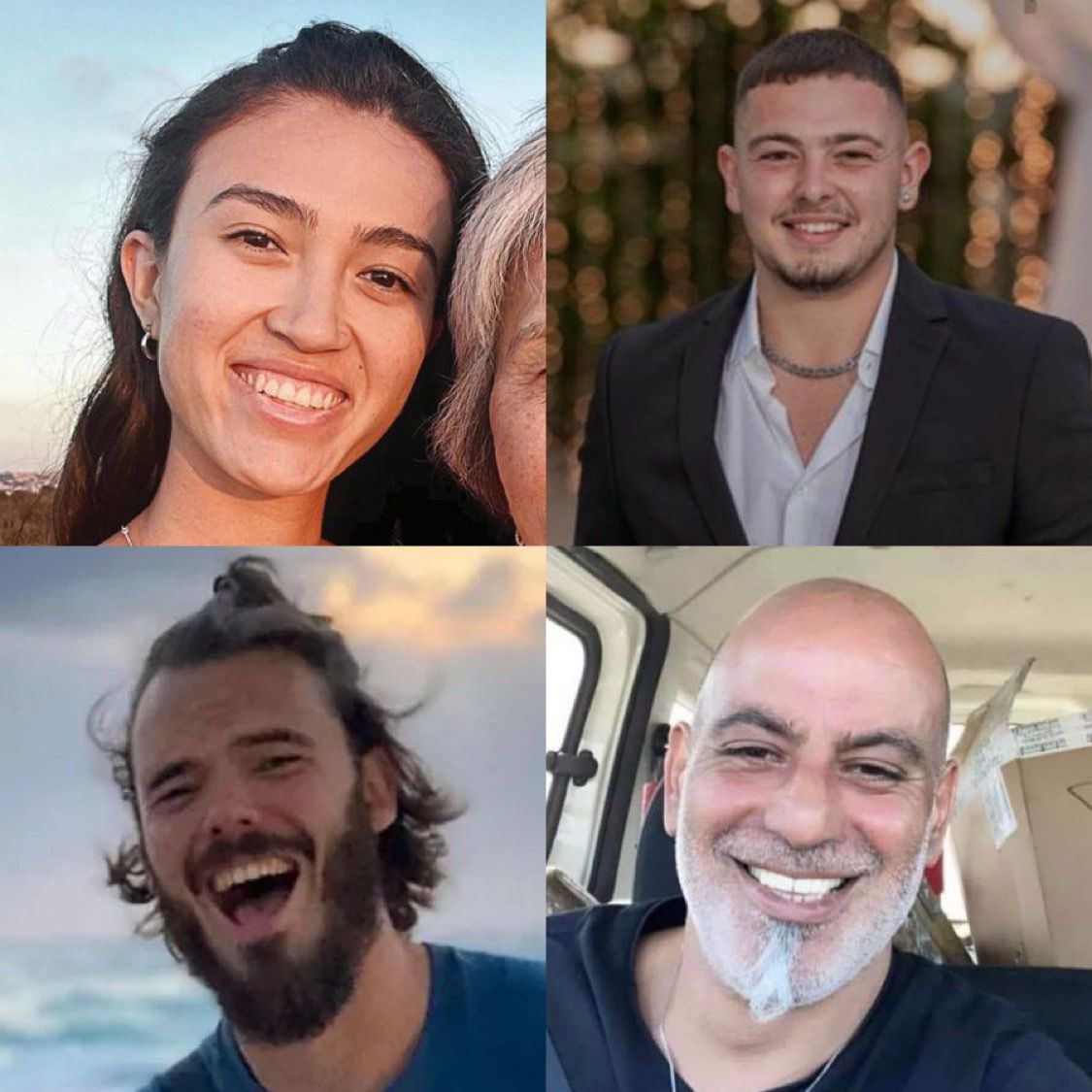
The hostages had been held in captivity for over two hundred and forty days before their release–eight months separated from their loved ones. Noa, Almog, Andrey and Shlomi were just four of the 251 hostages that Hamas and its allies captured on October 7th. On that day, Hamas spearheaded a campaign of terror designed to break the spirit of the Jewish state. Over a thousand people were murdered, marking the tragedy as the worst to befall the Jewish people since the Holocaust.
The aim of that day was to deliver a blow to the notion of coexistence between the Palestinians and Israelis. Hamas aimed to maximize civilian deaths in a concerted act of genocide against the Jewish people. It sent a strong signal to extremist elements in the Palestinian movement that violence was the only way to deal with Israel. Taking hostages was part of this strategy, as Hamas could use them as leverage to undermine any Israeli response.
The images and testimony from that day are haunting. One of the hostages taken, Noa Argamani, came to represent the plight of those trapped in Gaza. Noa and her boyfriend Avinatan Or were abducted by Gazans on that horrific day. Scared, confused and terrified, Noa pleaded for her life on a now infamous video recorded by her captors. The video shows a desperate Noa in terror riding off on a motorcycle with the abductors into Gaza while her boyfriend watches in horror.
Since the events of that day, Noa’s family has appeared on news networks to call for her release. Liora, Noa’s mother, suffers from stage 4 brain cancer and is resolute in her determination to see her daughter freed. Noa’s father Yaakov, along with the rest of the family, is emotionally exhausted from the kidnapping and only wants Noa back. The case of Noa Argamani’s kidnapping is just one of many that demonstrate the reality of the suffering faced by families impacted by the kidnappings.

Israel’s response has been far from gentle. Hamas underestimated how Israel would react to the tragedy. Instead of a limited operation, Israel mobilized a national response and invaded Gaza. A full military intervention to dismantle the terrorist organization’s control of the Strip materialized as one of the main objectives. The other objective? Rescuing the hostages—a task far from easy given the density of Gaza and the vast network of terror tunnels beneath it.
Finding hostages under these circumstances has been difficult. Hamas uses the tunnels to move hostages around, and militants hide amongst civilian areas such as apartments, schools, and hospitals. This makes search and rescue efforts delicate with mistakes bound to arise. On December 16th, three hostages (Yotam Haim Samer, Fouad Al-Talalka and Alon Lulu Shamriz) were mistakenly killed in an Israeli operation in the Shujayea neighborhood of Gaza. These tragic deaths are a few of many that have occurred since the Gaza invasion began.
Each airstrike that hits a civilian center during Israeli operations is maximized for propaganda by Hamas. This is part of Hamas’s strategy to undermine the state through disinformation, international pressure, and other hybrid warfare tactics.
Another element adding to the complexity is that Hamas is not the only organization holding hostages. There is a perception within the media that Hamas is the only group Israel is fighting in Gaza. This is blatantly untrue. Palestinian Islamic Jihad, elements of the PFLP, and Gazan civilians themselves took part on October 7th. Hostages are held not just by armed militants in the Gaza Strip but by civilians. Indeed, the recent operation into Gaza that secured the rescue of the four hostages found them in two separate Palestinian family homes.
Negotiations for the release of hostages are another avenue the Israelis are pursuing. Egyptian, US, and Qatari interlocutors are trying to broker a hostage deal that would give rise to a permanent ceasefire. The purpose is to end the war and secure the release of the remaining hostages. This task so far has been wrought with challenges. Over a hundred hostages were released in exchange for Palestinian prisoners in a negotiated temporary ceasefire in November.
However, since then, negotiations have stagnated. Hamas is dragging out the talks to secure greater demands, such as the release of more political prisoners and an end to the war. These demands are made difficult to satisfy when there is a lack of cooperation by Hamas to inform negotiators on the status of hostages and ensure their wellbeing, including their full release. This bad faith approach is only highlighted further when talks are sabotaged by rocket attacks on Israel.
There is a level of irony to this. Yahya Sinwar himself was once a prisoner held by Israel. When Sinwar suffered from cancer, it was Israeli authorities that provided medical treatment, something that he has denied to many of the hostages he now holds captive. After a negotiated prisoner swap in 2011 that saw him released for Gilad Shalit, Sinwar went on to command Hamas military efforts in Gaza. The point is that Sinwar is a prize gained for Hamas due to negotiations with Israel.
Yahya Sinwar wants the war to continue. Sinwar’s ideological objectives in this war involve raising the profile of Hamas in the Palestinian movement. To do this, Sinwar has condemned the Palestinians in Gaza to death. Thousands of Palestinians are dead due to the cynical tactics of Hamas. Hamas uses the civilian population for cover, maximizing the human death toll. Each death in Gaza is as a direct result of Hamas’ grand strategy.
Hamas remains the greatest barrier to peace. Hamas is prolonging the war by continuing to refuse to surrender and release the remaining hostages. There are over a hundred (116) remaining hostages believed to be in Hamas and its allies’ captivity in Gaza. Their freedom is imperative for ending this war. Pressure must continue to be applied to Hamas. Military pressure from Israel that has seen the organization weakened significantly is not enough. International pressure that sees Hamas earnestly seek peace is desperately needed.
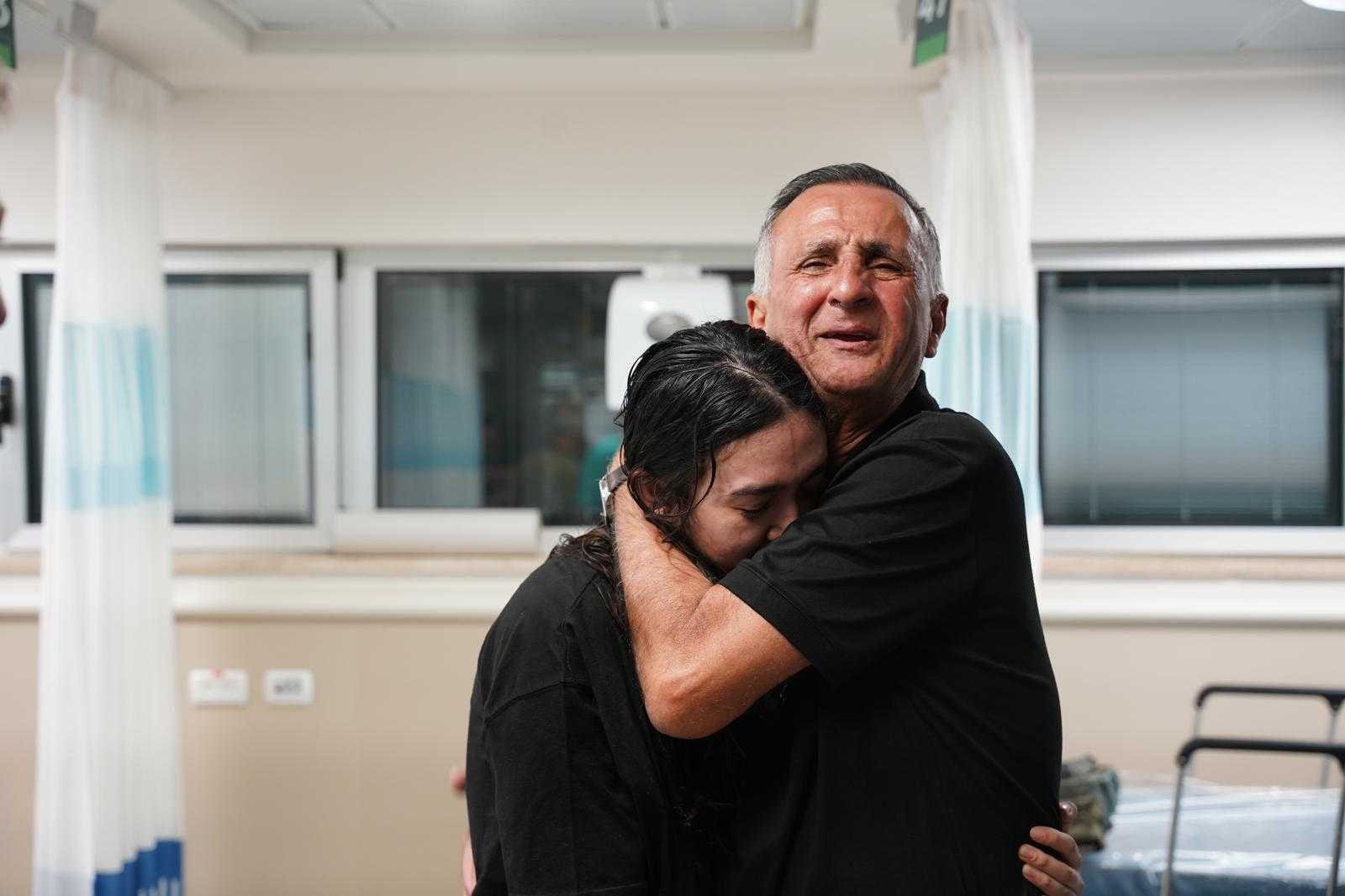
The successful rescue of four hostages from Nuseirat in Gaza by the IDF is a moment of celebration that should not be easily forgotten. Noa Argamani is finally reunited with her father in Israel and can see her mother once more. Likewise, Almog Meir Jan, Andrey Kozlov and Shlomi Ziv are now also able to embrace their loved ones. This is a great day for the people of Israel and gives much-needed hope to the families of hostages still in captivity by Hamas.
Am Yisrael Chai.
Written by Anthony Avice Du Buisson (09/06/2024)

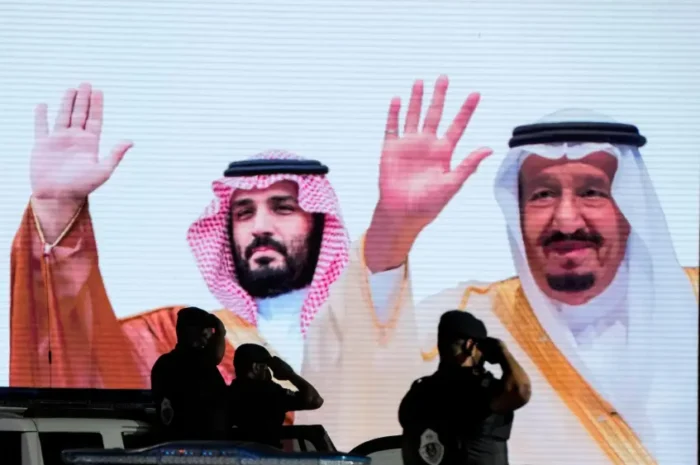
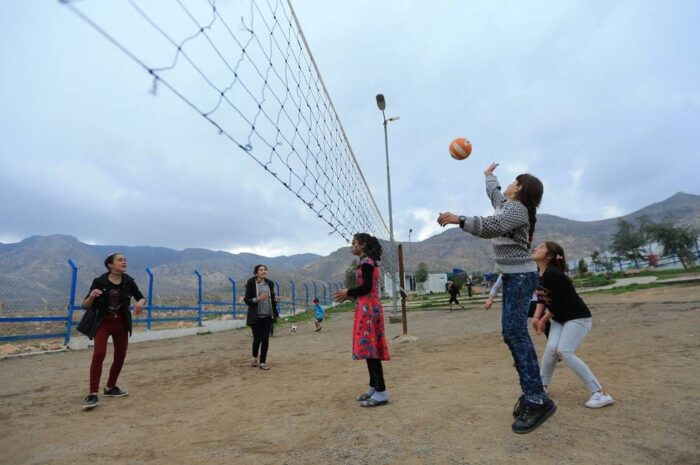
![A symphony of violence in Afghanistan [Medium Article]](https://philosophyismagic.com/wp-content/uploads/2021/08/1_bVzly9TuDCRBZ9aIV5GqnQ-700x465.jpeg)
